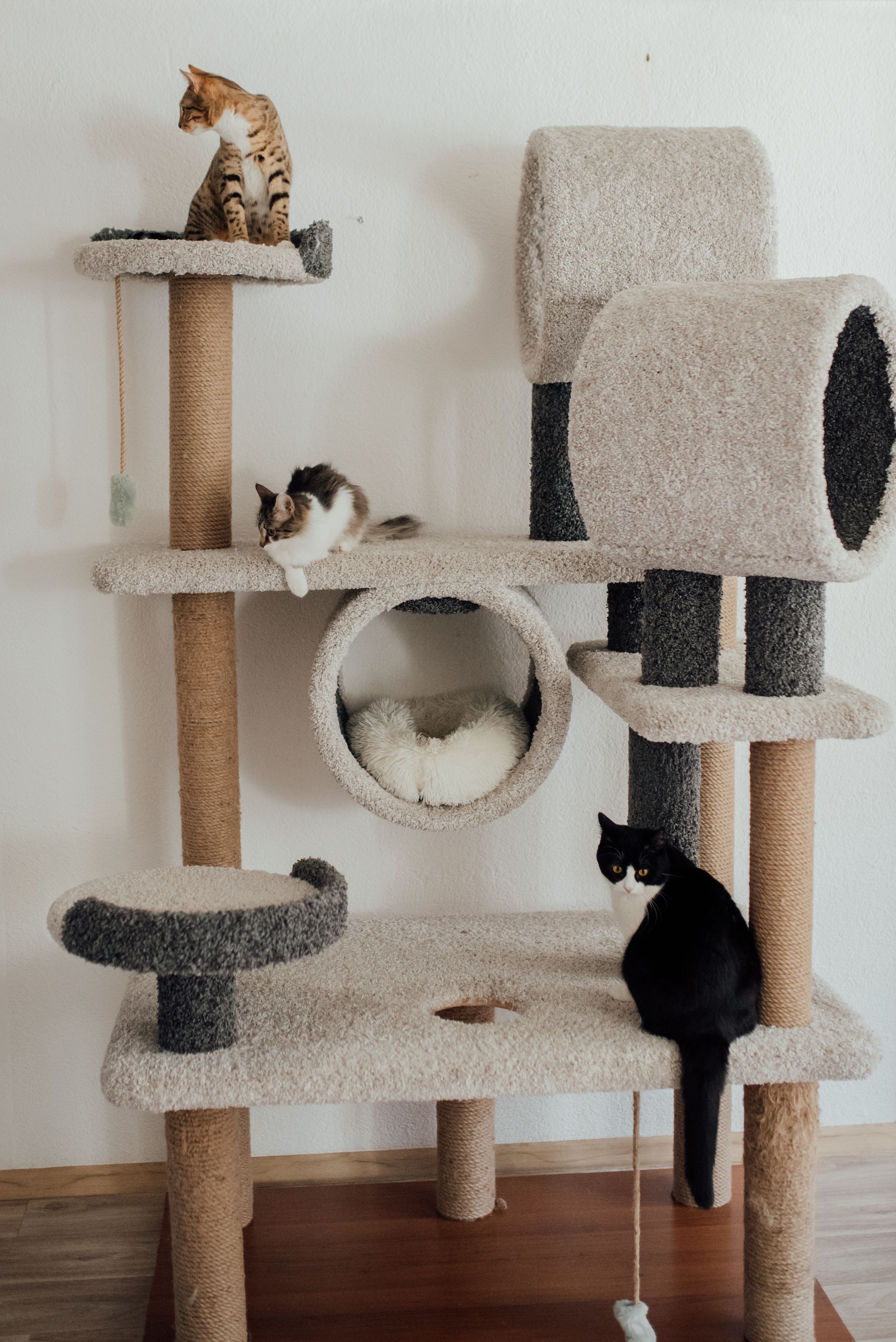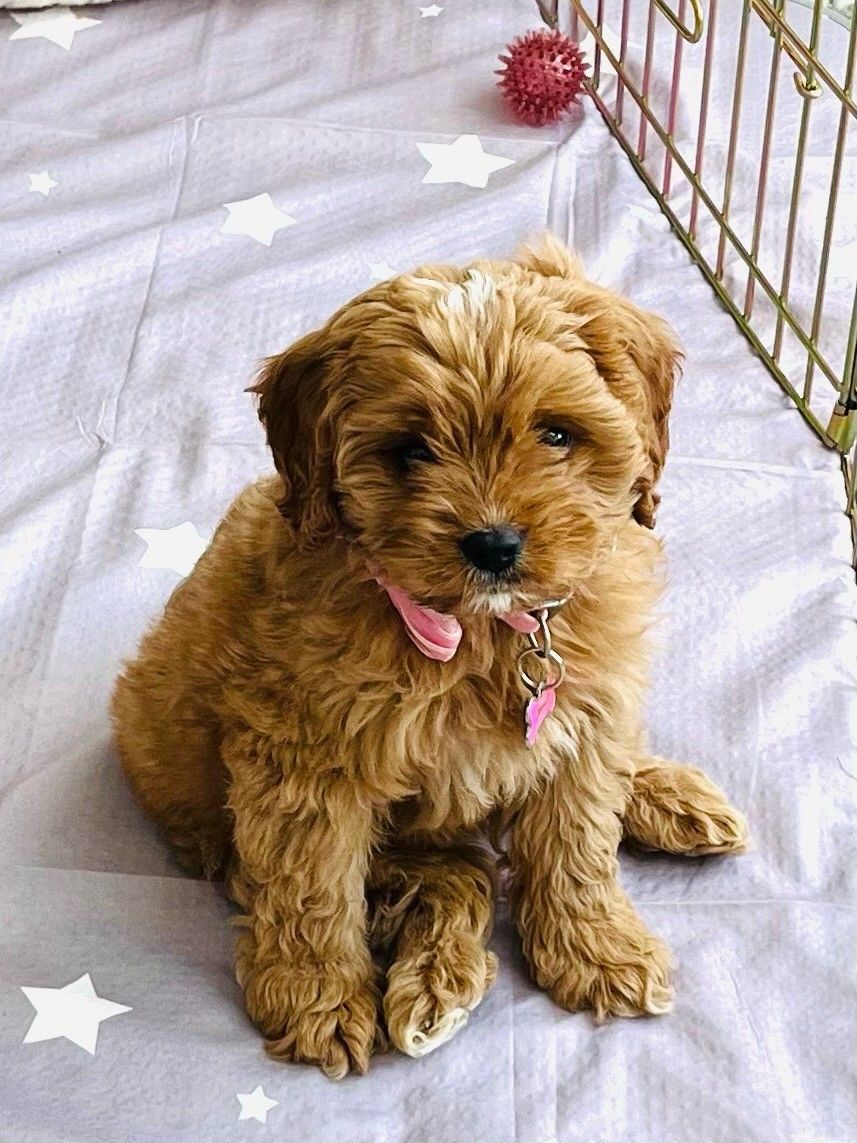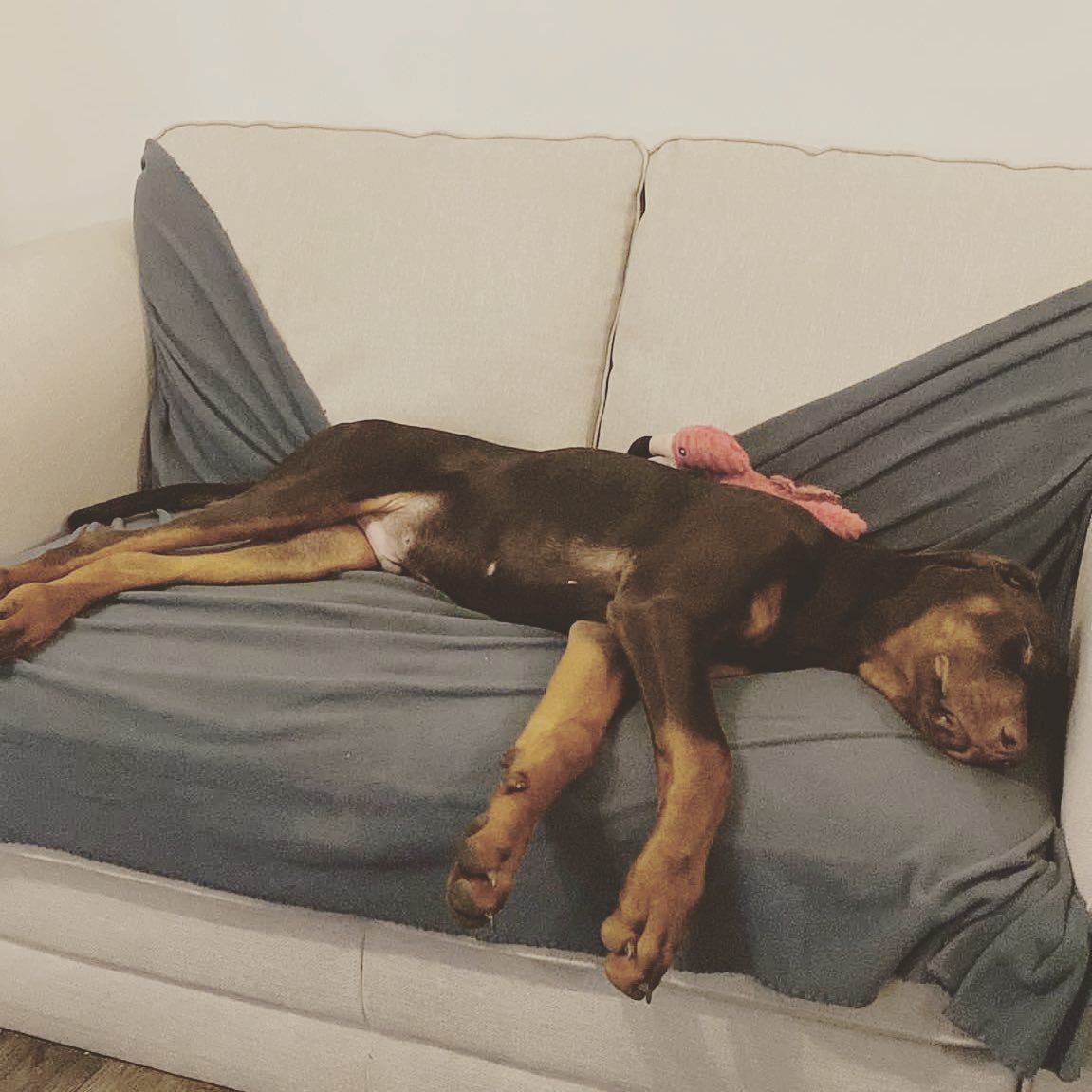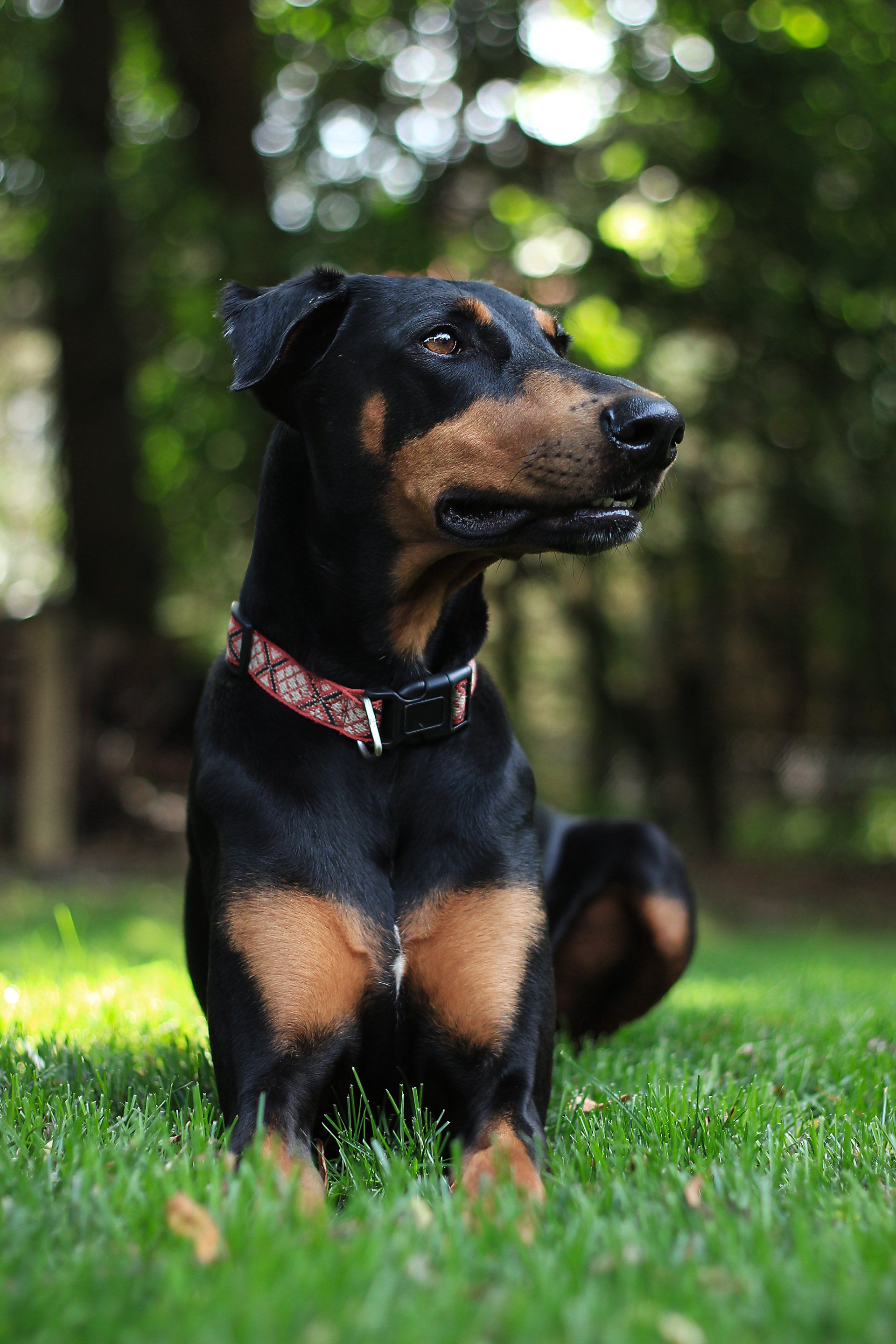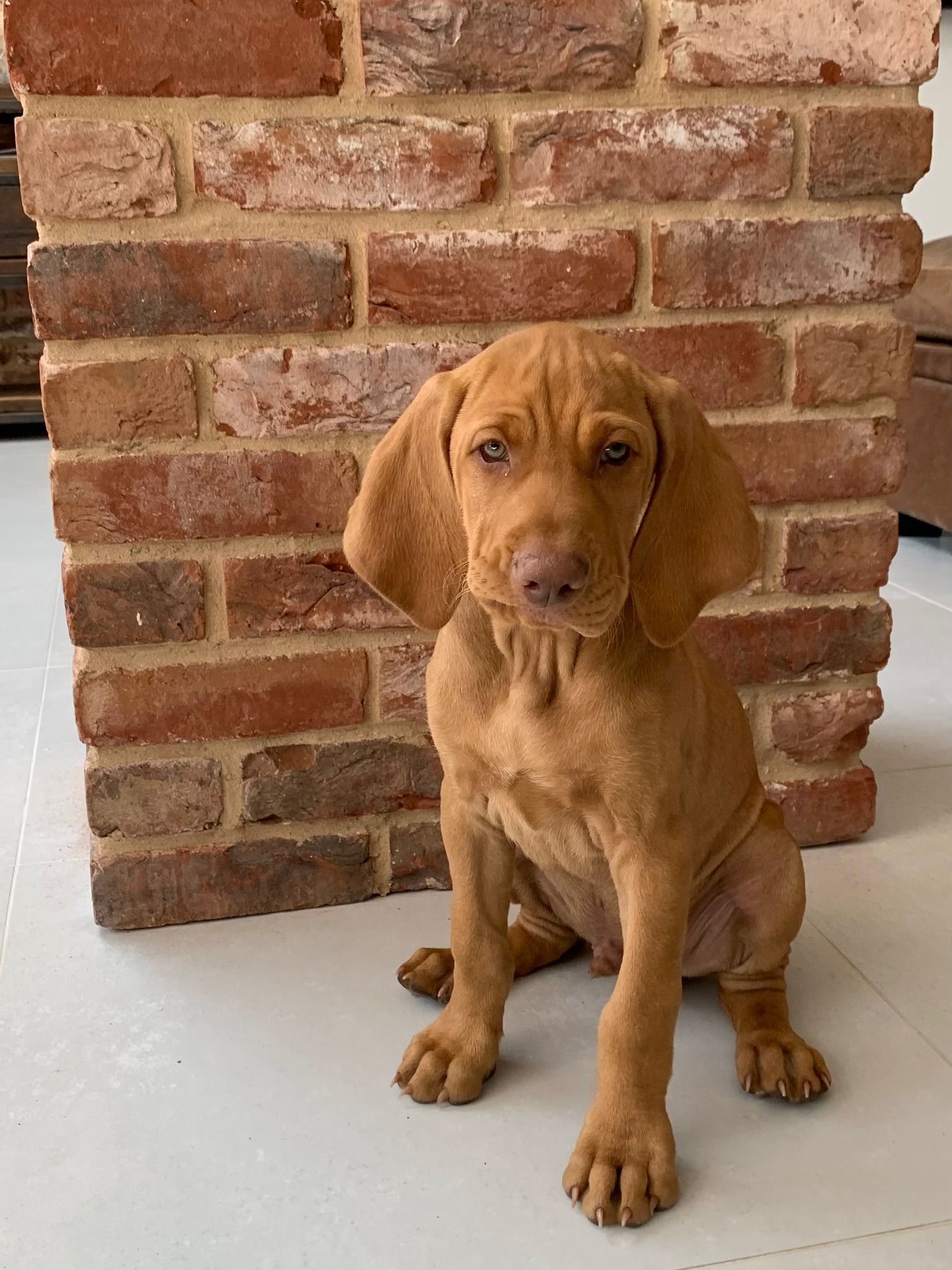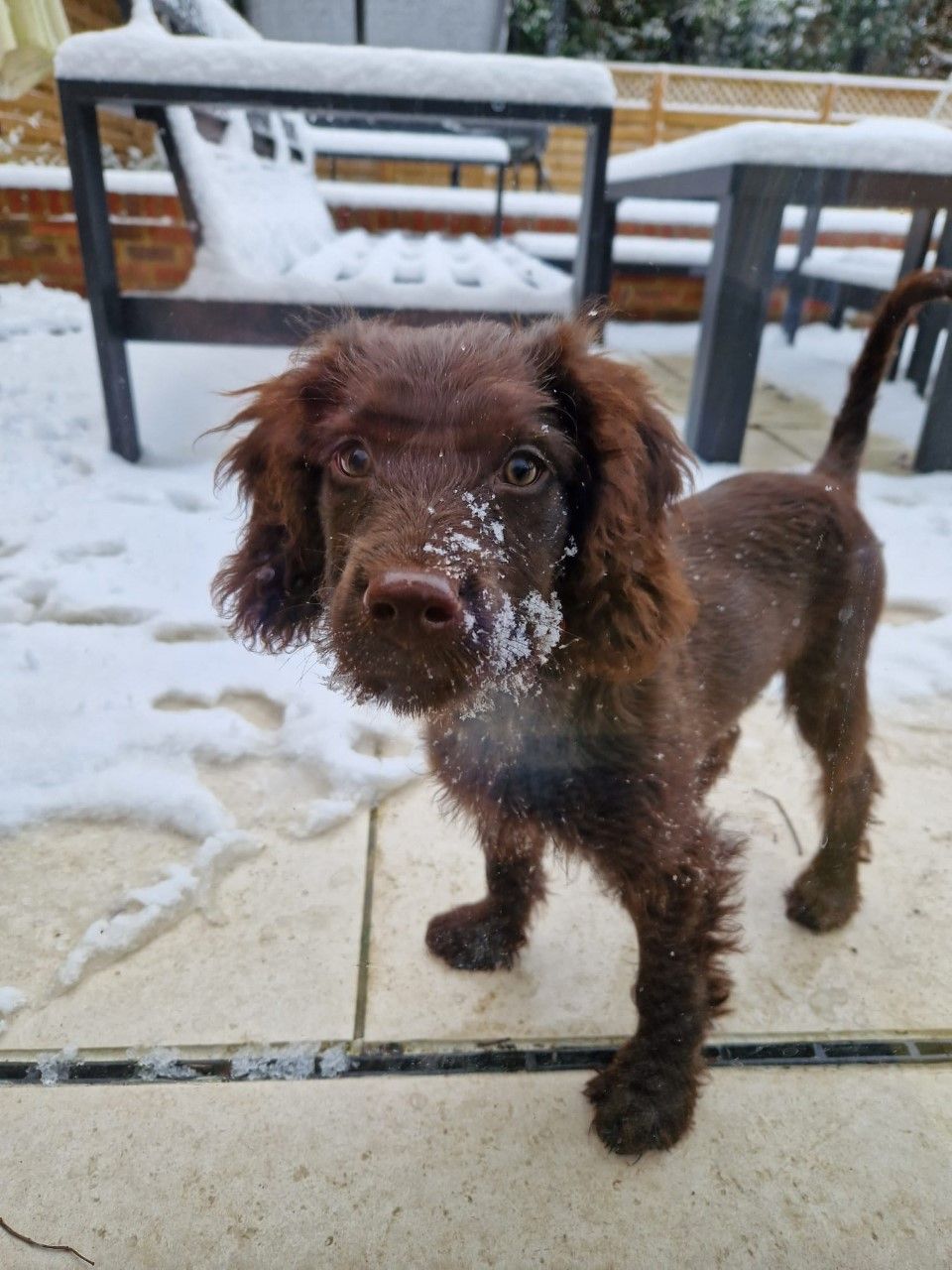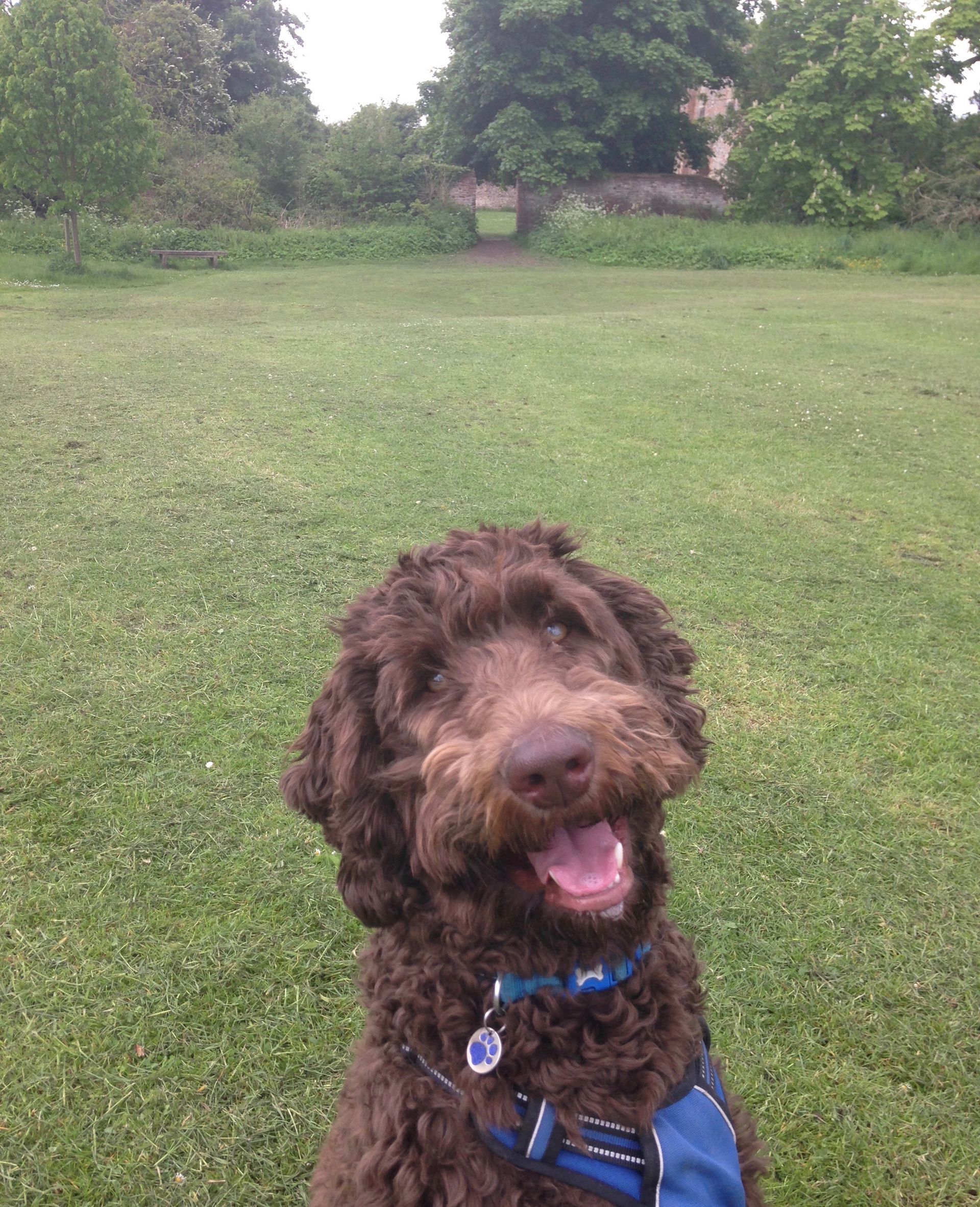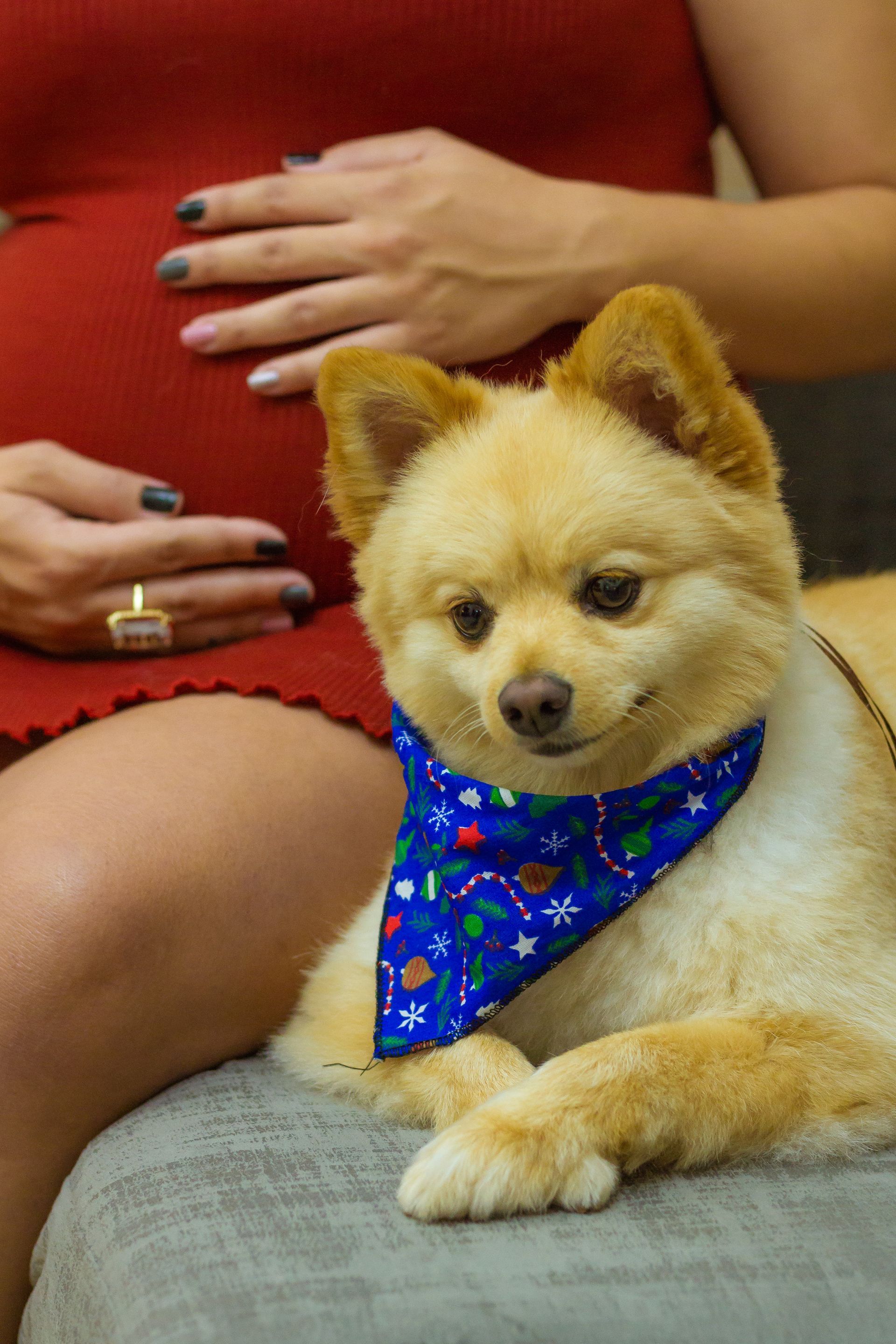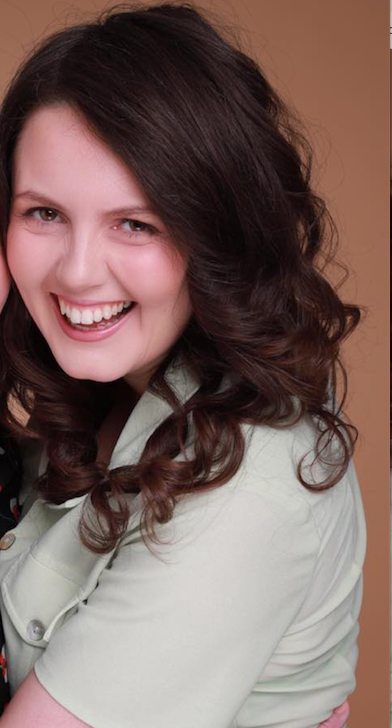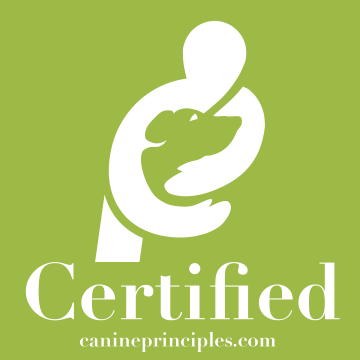How to introduce your cat to your new puppy
Why is this important?
As you’ll know, cats can be enigmatic and mysterious creatures! Cats can easily experience and suffer from stress. Chronic stress can increase the chance of a cat being liable to infection. Distress can play a role in respiratory disease, effects on their drinking and eating. It can result in vomiting, diarrhoea and flare up IBS. Therefore reducing a cats stress when a new arrival may come into the home is imperative.

What should you think about?
You know your cat well so considering if the arrival of a new puppy will be right for them is the first step. For some cats who are timid, anxious or elderly (to name ajust a few examples), the arrival of a puppy may be too much and not a sensible idea.
If you have a garden having an area that your cat can jump up on is sensible, such as a table. Leave the door open so they can go back inside if they would like to. From a safe distance (with a dog on the lead) see your cat’s reaction to the dog. If they run inside or show body language signs that they are very worried, then this could be a sign that a dog is not a sensible addition to your home.
If your cat isn’t showing body language signs that they are overtly concerned then there are things you can do to help them. Cats navigate the world through their sense of smell, so preparing them by doing scent swapping before your puppy even arrives is conscientious and can help set them all up for success. It is not simply enough that the cat will smell your dog when they arrive home. Asking the breeder/rescue centre to wipe a clean cloth over the puppy and send it to you in a plastic zippable sandwich bag and you do the same with a clean cloth on your cat, ever so gently. When you receive the cloth and the person who the dog is with, do too, then practice gently rubbing the cloth on your cat and they can do the same with the dog.
What can you do to prepare?
A cats resources are really important to them. Imagine someone barging in while you go to the bathroom or stealing your food while you eat it! Placing the litter tray out of reach from your dog is really important as some dogs can eat poo (known as coprophagia). Place your cats food in an easily accessible location that is away from their water and the dog so they’re not disturbed. Baby gates can be an excellent tool. Cat tree’s and/or cat shelving / or a comfy windowsill to perch on is great and will be highly favoured by most cats. Cats are a prey and predator and will flee to get away if possible so having a safe vantage point will help them feel safer. Obviously, ensuring that the shelving is not directly under cat beds or anything else (if you have more than one cat is important). Having a safe space for your cat to retreat too and relax and rest is important.
Don’t allow your puppy to chase your cat as this can be great fun for a dog. If something is fun and reinforcing then it is likely that they will repeat this behaviour over and over so laying the foundations early on is really important and result in happier families!
I offer cat and dog advice and introductions. Reach out if you’d like to find out more. Here is a testimonial from Alex Lever, Harpenden.
‘I first contacted Lisa as we were looking for advice on how to integrate our two cats with Duffy, the two month old Sproodle we were due to get. Lisa came to our house and offered lots of useful tips on how to set up partitions. She also advised on how best to get Duffy and the cats used to each other over time.
We were so impressed that we straight away booked Lisa in for some puppy training for once we had picked Duffy up. Lisa came to our house for these sessions and Duffy absolutely loved her! It really helped us gain confidence in how to deal with a puppy as we were complete novices and start off on the right foot.
We followed these sessions up by signing up for 5 group puppy classes, which were really good fun and provided extremely valuable socialisation for the puppy. Covered lots of helpful areas such as recall, walking on the lead, toilet training and other commands.
Lisa has supplied lots of reading material, articles and videos to support us on our journey and is always available to answer any queries or offer her expert advice.
It has been a real pleasure working with Lisa. She has supported us in creating a fun, loving and safe environment for our puppy which has helped Duffy become a much-loved and (mostly!) obedient family pet.
Could not recommend Lisa highly enough.’
